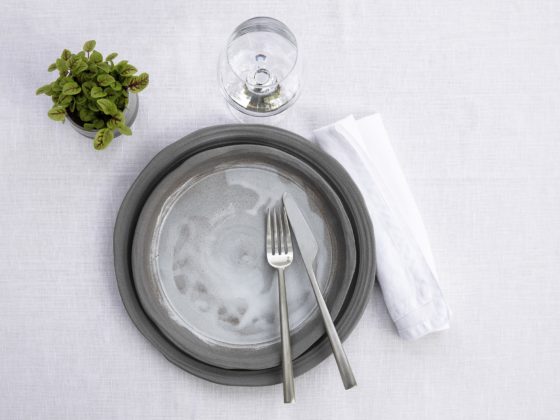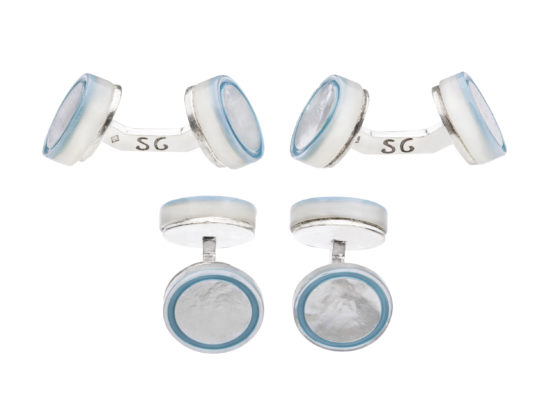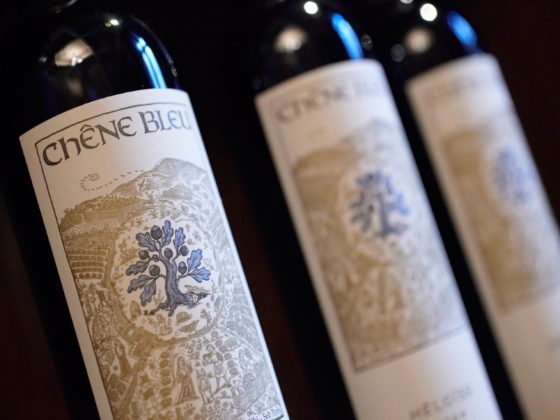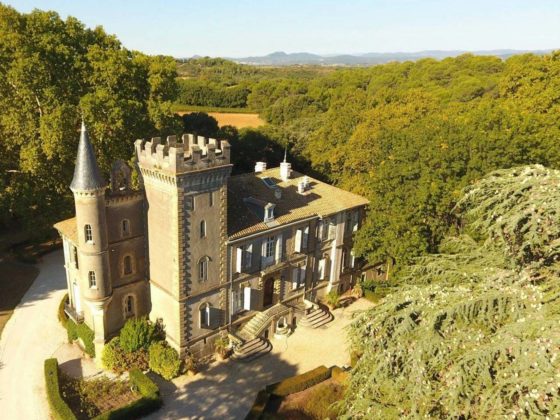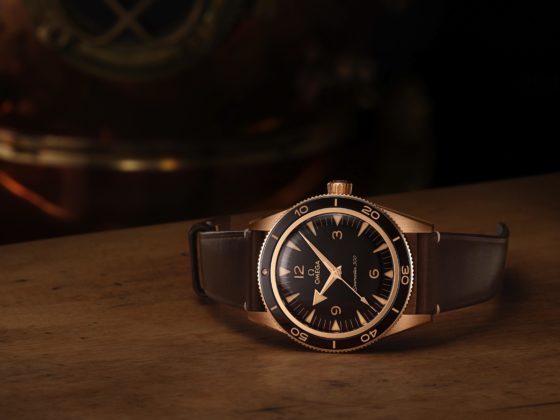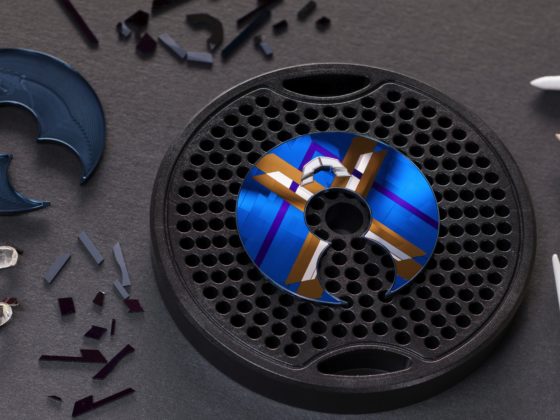Every year, on the occasion of Easter, the Russian star Nicholas II gave his wife, Alexandra, a precious egg from the Fabergé jeweler.
By Blanche Rivière
The last tsar of all the Russias, Nicholas II (1868-1918), aspired to everything except governing a country as vast as his own. History did not leave him any choice, since after the death of his father, the giant Alexander III (1845-1894), he was forced to carry the weight of the empire on his frail shoulders. He dreamed of a family life, simple but bourgeois, could nevertheless marry, against the advice of his parents, the one he loved: Alix of Hesse-Darmstadt (1872-1918), granddaughter of Queen Victoria of England, who became after her conversion to Orthodoxy Alexandra Romanov.
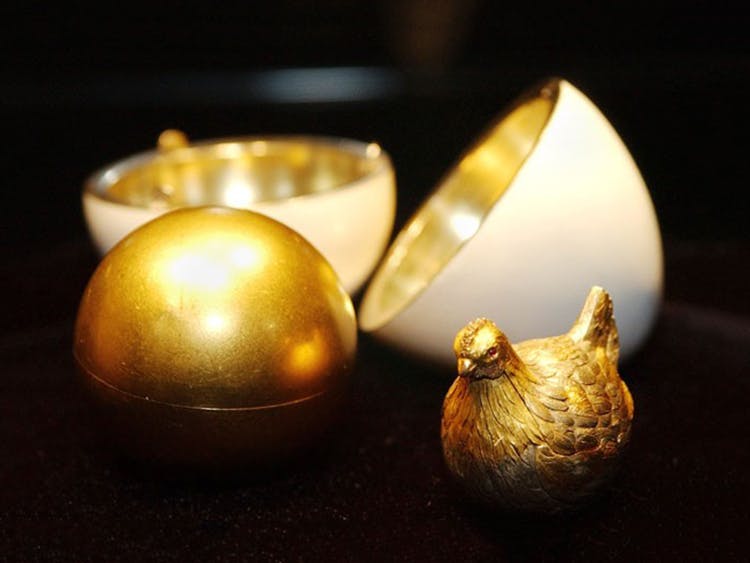
Madly in love with the woman he called Alicky, Nicholas II was keen to perpetuate the tradition established by his father: thus, every year, on the occasion of the holy feast of Easter celebrating the resurrection of Christ, he offered Alexandra an authentic jewel: a unique egg made by the family jeweller Fabergé, set with precious stones and containing in its heart a precious treasure evoking a memory of their family life. It is precisely this historical treasure, even more than their value, that has made Fabergé eggs so famous.
If the last czar offered an egg to the czarina, it is not obviously not by chance. The commemoration of the resurrection of Christ, considered the most important event of the Christian liturgical year, is celebrated after forty days of Lent: in Eastern European countries, Orthodox Christians were particularly attached to the tradition of not do not consume chicken eggs during this time. Eggs not consumed during were kept and recycled as decorative objects – hollowed out then painted – to be offered. It is thus from this tradition that the Fabergé eggs.
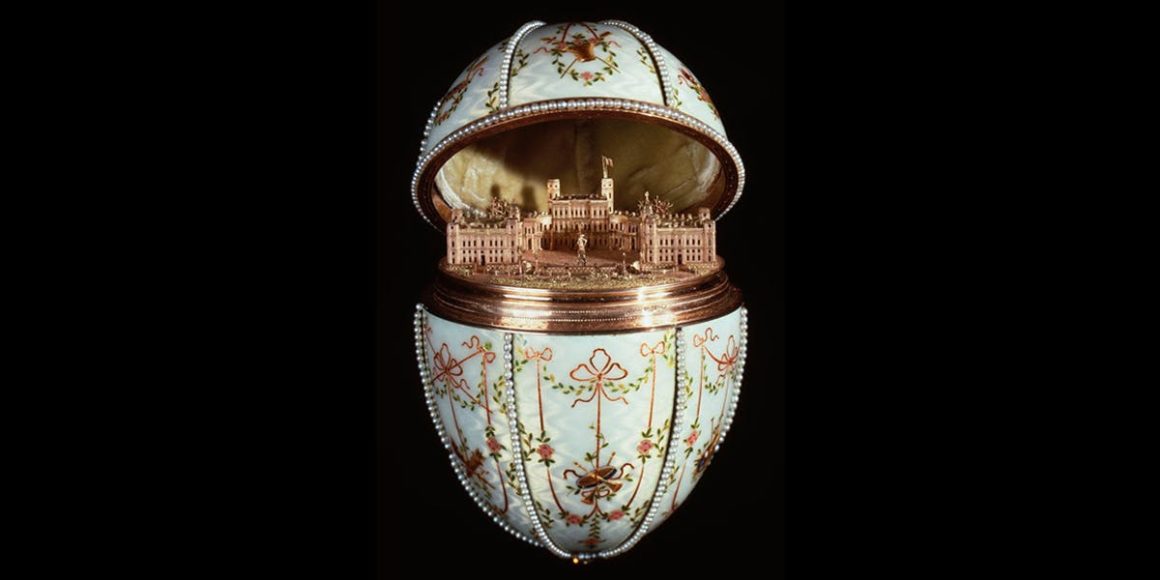
The jeweler Pierre-Karl Fabergé, a distant descendant of French Huguenots who were first exiled to Germany and then to Russia after the revocation of the Edict of Nantes, has left an indelible mark on the art of jewelry. Working for the crowned heads of the world, he sank into ruin during the Bolshevik revolution of 1917. Born in 1846 in St. Petersburg, then capital of eternal Russia, he learned his art from the great German and French masters. Back in Russia in 1872, he took over the management of the eponymous company. He was soon noticed by the Tsar, the giant Alexander III, who appointed him official jeweler to the imperial court. Among all the splendid works that he will realize during his brilliant career, the most extraordinary are the 43 Easter eggs. Made from the finest and rarest materials, these surprise eggs were commissioned directly by the Tsars as an Easter present for their wives.
The egg with the carriage, made in 1897, a year after the coronation of Nicholas II, hides inside a small golden carriage, in memory of his coronation. This little marvel, combining diamonds, gold, cloisonne enamel and crystal, is one of the most famous. The Tsarevich’s egg, given in 1912 by Nicholas II to his wife, is also one of the most sumptuous: it was given in memory of a long-awaited son, the heir Alexis Nicolaievna Romanov (1904-1918), the youngest of a family of five children.
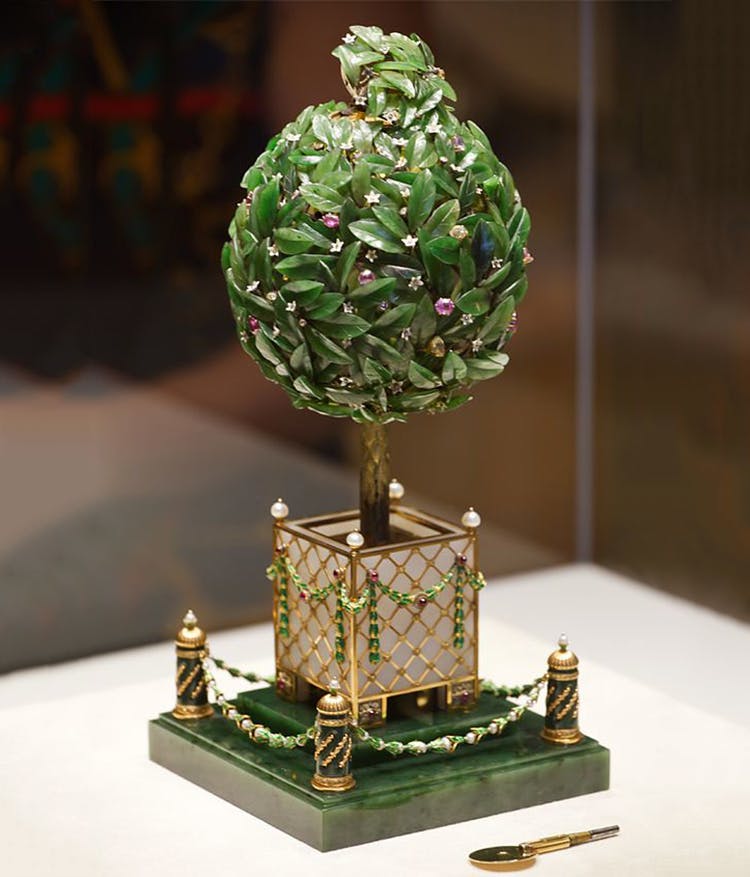
Scattered during the Russian revolution of 1917 and the fall of tsarism, seven eggs remain untraceable. Two eggs were in preparation and therefore never delivered.



